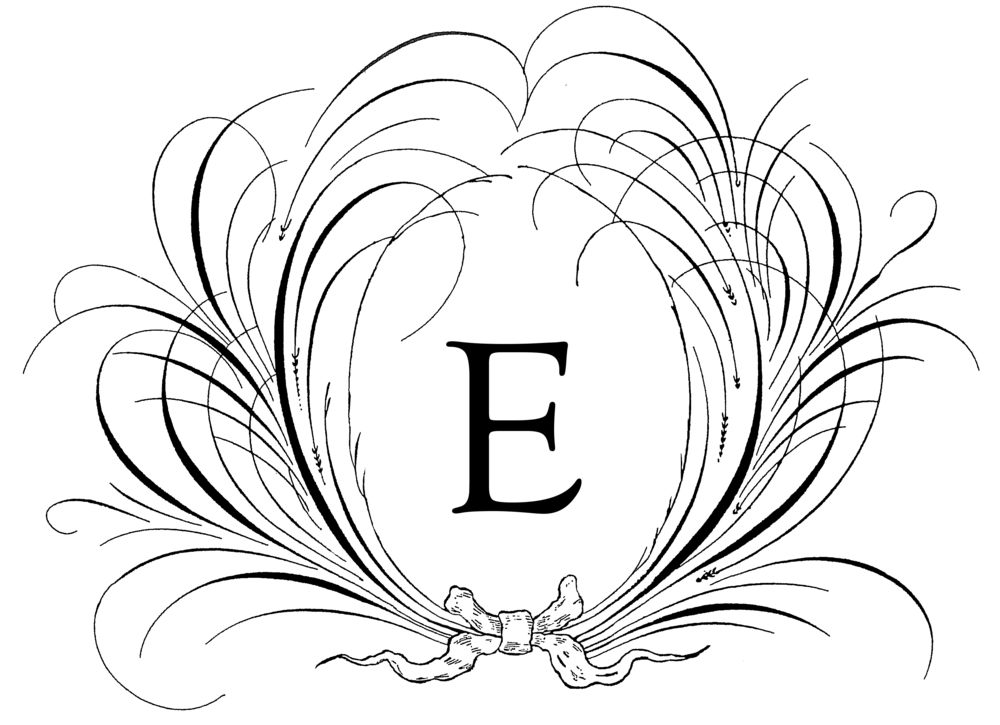Oh, we have so many books in our house. There is not a room without a book. We even have so many bookcases that every time my father comes to visit (a former city inspector), he warns me that houses were not built to withstand that much weight in any one room.
In our house it is forbidden to write in a book a dog-ear one, so with so many books, you know that most of us love bookmarks too and are always on the hunt for that favorite one.
Machine Embroidery Design by Embroidery Library
This darling bookmark was so cute that I could not resist buying the design from Embroidery Library. It is an in-the-hoop design that stitches up so quickly.
The best part of this project is that it did not cost anything to make, other than the design which was on sale through one of Embroidery Library's fabulous sales, as the fabric was from my stash (well, stash of old sheets, not yardage) and the thread was from previous projects. But, I must be honest, when I want to close a book, I am usually in a hurry because someone wants my attention and I do not take the time to place the page neatly into the little corner pocket and I wind up just sticking it in the book like a normal bookmark. At least it is better than grabbing whatever is nearby. You name it, I have used it for a bookmark.
In-the-hoop Bookmark
What is the funniest thing you have used for a bookmark?































